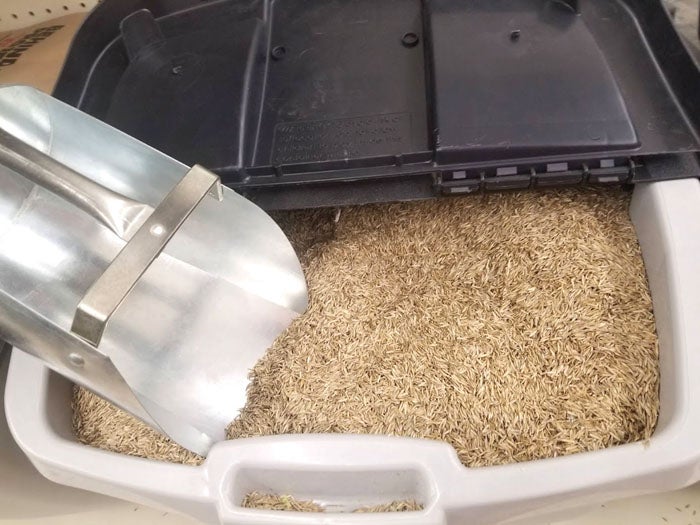But what should I do with my lawn now?
Published 12:00 am Friday, September 13, 2019

- Submitted photo For best results, use a fescue blend for a greener lawn.
Our fescue lawns are suffering from extended heat and dry weather. Now is the time for fescue renovation. Turf-type fescue renovation should be initiated in the fall and early winter for establishment. Below are a few questions posed from local homeowners about fall lawn renovation practices.
Question: Should I core-aerate my yard now?
Answer: Yes. Now is the perfect time to core-aerate your fescue lawn. Using this tool is probably the best method of getting fertilizer into the root zone. It also gives tight clay soils pore space necessary for root growth and expansion. Coring allows fertilizer and seed to penetrate without plowing. Don’t forget to add straw mulch to conserve moisture.
Question: How long do I have to wait after I core-aerate to apply seed and fertilizer?
Answer: You need to apply fertilizer and seed right after you core-aerate. You can apply seed, lime and fertilizer all in the same day.
Question: What is the best type of fescue to use for my lawn?
Answer: Plant a blend of turf-type fescues. Fescue blends are available at retail outlets. Blends of three or more turf-type fescues adapt better to our differing soil types and have more resistance to brown patch and other diseases. Single cultivar plantings allow the fungus to spread freely, whereas a mixture limits its spread.
Question: Our lawn is a lot of broadleaf weeds growing in the newly seeded areas. Can I spray now and kill these weeds?
Answer: You can, but the grass needs to be well established before spraying with a broadleaf herbicide. Make sure you’ve mowed the lawn at least two times before spraying.
Question: Do I really need to apply straw mulch if I have plenty of water?
Answer: Yes, research has proven that cool season fescue germinates quicker and stronger with some type of mulch to hold moisture. Apply clean wheat straw as a mulch to cover bare ground areas. Wheat straw mulch holds moisture, allowing seed to germinate quickly. Gently shake one to two bales of straw per 1,000 square feet. Be careful not to apply too much straw. After application, you should be able to see the bare ground through the mulch. Over-mulching produces thin, weak stands of turf.
Question: How much water does my newly seeded lawn need?
Answer: Keep the soil moist for adequate germination. Irrigate deeply to prevent sparse, inadequate root development; about one-two inches of water per week. Irrigation may be needed two or three times per week if we have a dry fall. Water less frequently as turf becomes established.


